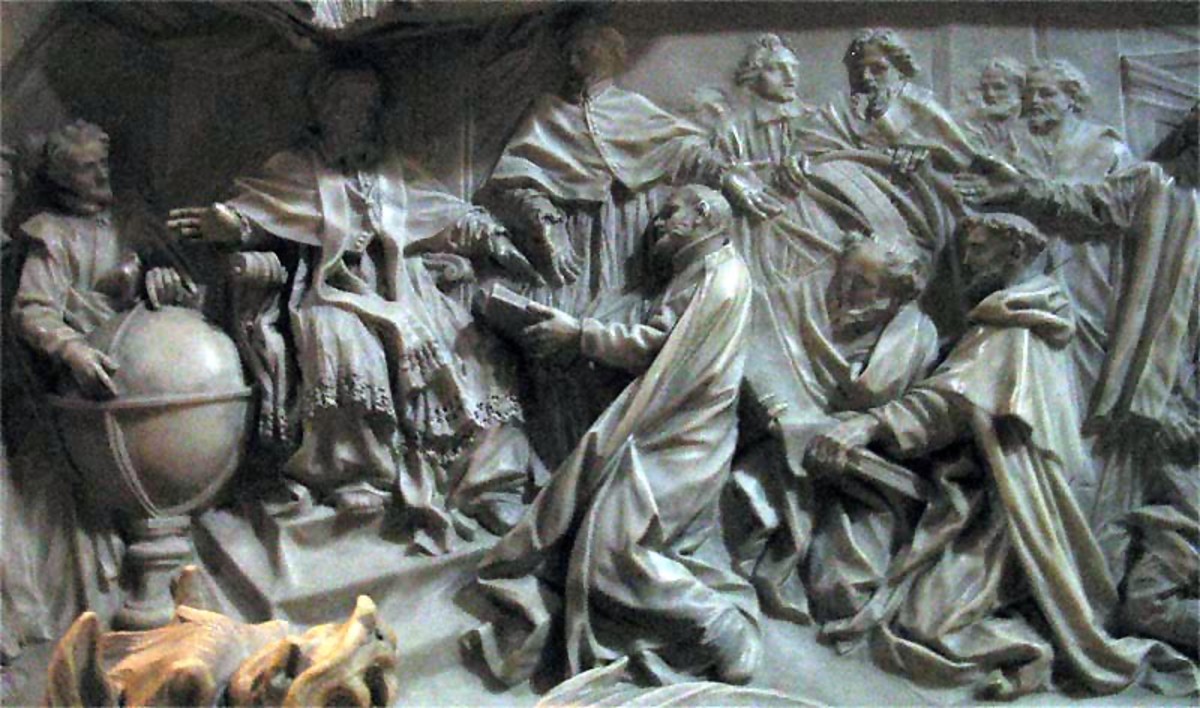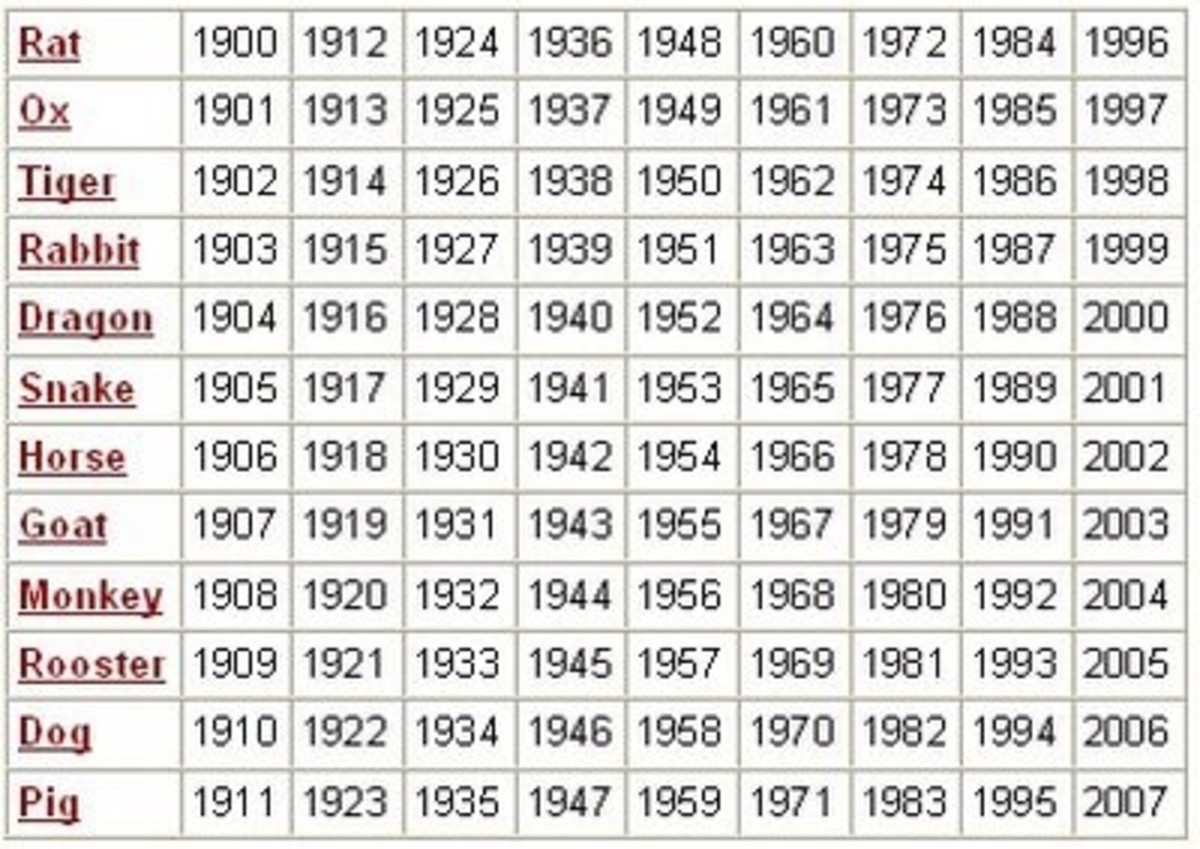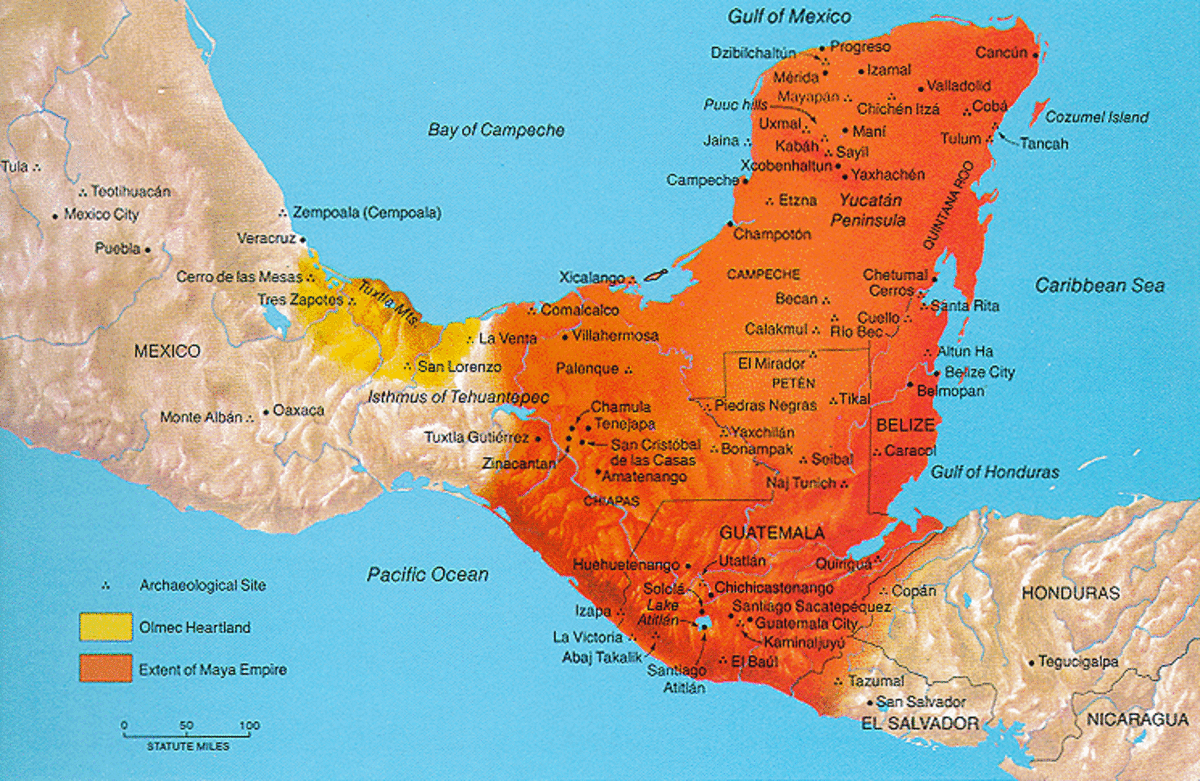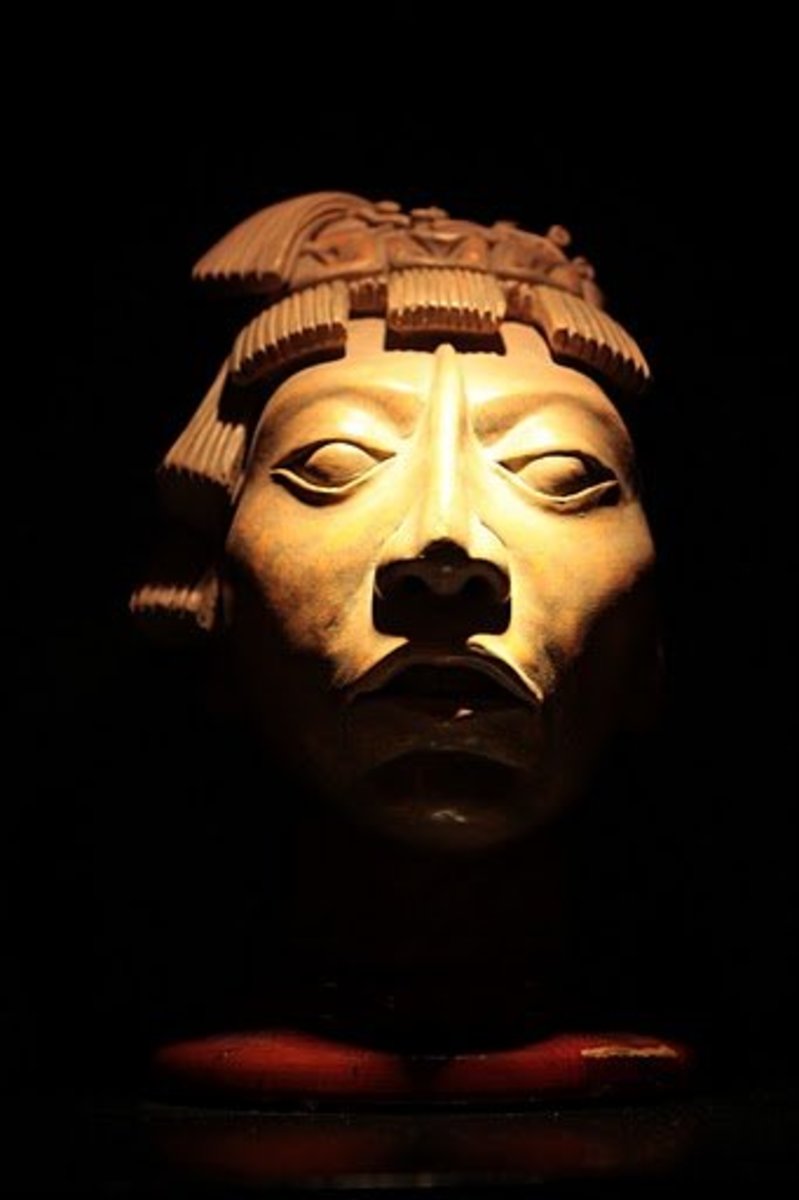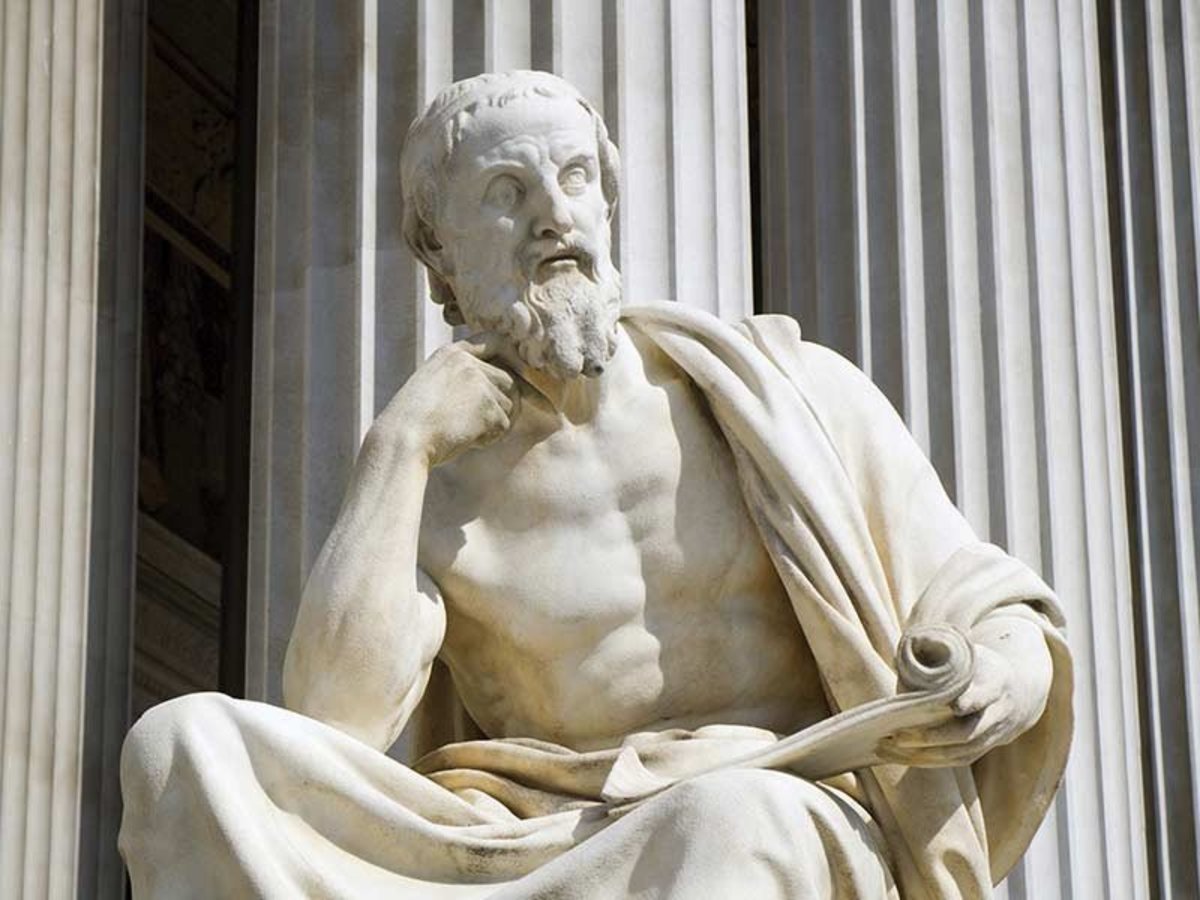The history of the calendar
Calendars vary around the world and through time
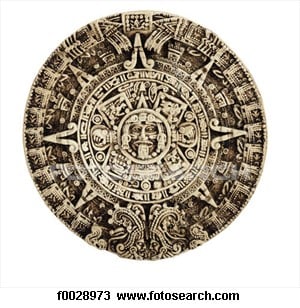

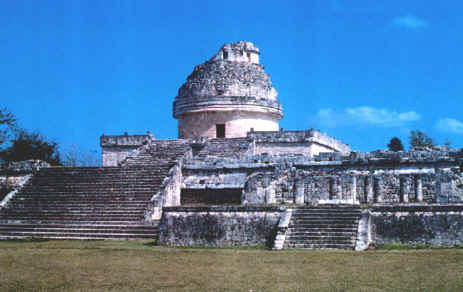
The calendar was not always the way we know it now
From the earliest times, human beings have needed to be able to track seasonal variations in order to survive, whether it was wet and dry seasons in Africa or the four seasons we are more familiar with in the temperate areas of the world. A way to be able to predict the movement of prey animals was necessary, so in the early period of human civilization had to track nature's changes. Also a way was needed to know when certain fruits and vegetables in the wild would appear for harvest beyond just mere observing of the wilds. This fact became more necessary with the discovery and development of agriculture. In marginal regions of the world, the difference of a mere day could mean the difference between success and failure; life or death. From the very beginning of history at the point where knowledge was passed from generation to generation by word of mouth, a mythological story connected to the stars was passed forward. Eventually this oral tradition was combined with a written record that started as trade and supply records. This record was translated into a count of days and years. In the Mayan world, this was the long count that originated from three interlocking calendar rounds. In the Middle east where Babylon, Egypt, Persia, Greece and Rome, this count was originally done from the moon and eventually transferred to the sun and the zodiac. Islam on the east, China and India kept to the lunar count to this day in many regions.
Of all the calendars of antiquity, the Mayan system was the most accurate and still is to this day; superior even to the Gregorian calendar that is in common use now. The Maya tracked the movement of the Moon, the Sun and Venus. Their system was carried forward by them from pre-Columbian Mesoamerican peoples that can be traced as far back as the 6th century BCE. It shares many aspects with calendars employed by other earlier Mesoamerican civilizations, such as the Zapotec and Olmec; also contemporary or later ones such as the Mixtec and Aztec calendars. Although the Mesoamerican calendar did not originate with the Maya, their subsequent extensions and refinements of it were the most sophisticated. The most important of these calendars is one with a period of 260 days. This 260-day calendar was prevalent across all Mesoamerican societies, and is of great antiquity, almost certainly the oldest of the various calendars they used. It is still used in some regions of Oaxaca, and by the Maya communities of the Guatemalan highlands to this day. The Maya version is commonly known to scholars as the Tzolkin, or Tzolk'in.(1) The Tzolk'in is combined with another 365 day calendar known as the Haab, or Haab', to form a synchronized cycle lasting for 52 Haabs, called the Calendar Round. Smaller cycles of 13 days; the trecena, and 20 days; the veintena were important components of the Tzolk'in and Haab' cycles, respectively. The Maya concept of the week was completely different from ours as a result. Over the extent of the long count, each and every day had a different deity and prognostication associated with it. Though there were common trends over the Tzolkin rounds, there were additional differences when the sacred calendar, the Haab and long count were calculated in.
Together and in combination, they worked in a system of what is referred to as the long count, the current one of which runs out on or about December 21st or 23rd 2012 depending on who one references. The Long count for the current cycle is said to have begun on August 13th, 3114 BCE and lasts for a period of 5,125 and a half years. The Maya report a long series of long counts going back millions of years. The long track of history is second only to the Hindus who claim billions of years in theirs according to the Vedas. The Mesoamerican calendar is the most accurate one in the world today, surpassing the Gregorian one. It tracks a year of 365.2422 days that is very close to modern astronomical understanding.
Our own Gregorian calendar that has been used since 1585 CE when Pope Gregory was informed that the Julian calendar had drifted by some ten days out of sync with the actual seasons. When the Julian calendar was adopted by the western world under Julius Caesar, it tracked a year period of 365.25 days. There was no leap year set to the Julian calendar. So over the centuries and millennia, the exact timing of the days slipped out of alignment of the real solar progress of the year. The Hindus resolved the issue, even though they had a lunar based calendar. The Hindus also had a solar calendar but preferred the lunar, especially in prognostication. The Hindus maintained a sidereal astronomy through the use of many sophisticated observatories, some of which could even track seconds. When Greek ideas penetrated India, with their tropical zodiac timing, the Hindus, in order to maintain their own system and that of the Greeks, developed something called the Ayanamsha, which is the differential value added to synchronize the two systems. The Ayanamsha increases over time as the tropical and sidereal systems drift further out of sync. Today the Ayanamsha is set at 19 to 24 degrees that separate the tropical and sidereal skies depending on who is referenced. Thus there are several ayanamshas in use today.
It took astronomers to point out to Pope Gregory that Easter had slipped out of sync with the Julian calendar and that in order to reset Easter to the spring equinox; the calendar had to have 10 days added to it. When this was done and the date was jumped forward by 10 days, the people nearly went into riot thinking that 10 days had been removed from their lives by the church. But the Julian calendar included a system that would keep it reasonably in sync with the actual seasons. That system was the leap year that was added once every four years in a 365 day Julian form. This then calculated the year as a result to the 365.25 days that we say makes up a year today. But to align dates between the Julian and the Gregorian, the 10 day difference has to be subtracted in the Julian form for all dates after 1585 CE to convert them to Gregorian form.
Prior to Julius Caesar, the western calendar was founded on Greek forms that were derived from Egypt and Babylon that kept 360 day years, which is where our 360 degree circle comes from. There was also the lunar calendar that was in wide use. The lunar calendar had 12 or 13 months of 28 or 29 days each depending on whom you reference. This resulted in years of 336 or 348 days for 12 month years. In 13 month years the day count was 364 or 377 days. Through a complex system of calculation still used in China, India and in the Moslem world, the lunar calendar was tracked to the solar and the right days for planting and harvesting by the lunar calendar were told to the people. The Greeks borrowed a system from Meton that used a period of 19 years to align the lunar count to match the solar year, which no one had in wide use at the time. The Egyptian priests though were aware of the 365.24 day year because of their tracking of Sirius and the annual flooding of the Nile. They kept this a secret in order to maintain their grip on power and thus the 365.24 day year was not in wide use on the outside that is until solar tracking was improved. The knowledge of the sidereal and tropical years were incorporated into the great pyramid, confirming that at least some people were aware of these cycles.
The days of the week we use are seven in number and refer to the fact that seven days are one quarter of the lunar cycle. The calendar day names of the week also have an interesting origin in that they are named after the planets. The French version of the days of the week makes it clearest which day belongs to which planet. In order, the planet days are Sun’s day for Sunday, Lundi day or Moon for Monday, Mardi or Tuesday for Mars’ day, Mercridi or Wednesday for Mercury’s day, Jeudi or Thursday for Jupiter’s day, Vendredi or Friday for Venus’ day and Samidi or Saturday for Saturn’s day. The tradition goes deep into history and it is not completely clear as to why the planet days are in the order that they are.
Solar tracking was done in many regions of the world through Pyramids, temples and especially erected stellae such as in Stonehenge. Nothing however was recorded in stone or paper. The knowledge was under tight control. The Zapotec, Maya, Mixtec, Aztec, Inca, Olmec, Hopi, Apachi and others tracked the sun using specially constructed temples, landmarks and medicine wheels. Each one evolved a mythology specific to their region that helps them survive year to year.
With the advent of modern astronomy, observation and time keeping, a more accurate appreciation of the true year evolved. It was only this development that allowed us to see that the Mayan calendar was accurate to such a great extent that it has only been surpassed in the atomic and computer era. Of all Calendars in use today, the Mayan is the most accurate, followed by the Gregorian system and then the Metonic calendar of a 19 year cycle. With the advent of the computer, we can track the movement of the heavens to the point where we can spot tiny nuances from year to year that result from orbital changes and the gravitational influences of the planets such as Jupiter and Venus upon the Earth. We can track the spring equinox to such accuracy from year to year that we can see variations that were undetected even by the Maya.
Calendars of various sorts have been in use for at least as long as civilization. They may have been calculated from stone temples or recorded on stellae and in scriptural documentation. Later, they were recorded in the form of astronomical phenomena and almanacs. Finally they evolved to the form we see today which was developed under the Romans. The various months that we name are named after the various Caesars such as Julius (July), Augustus (August) and Septimius (September). Other months were named after planetary gods such as June (Juno) and March (Mars). As their year began with the spring equinox and October represents their eighth month; we retain October (our tenth month), as this month was not named after a Caesar, Neither was November, their ninth month and December, their tenth month. Calendar interpolation can be confusing, especially if there is historical interference, but sleuthing out the truth has revealed an abundance of interesting ideas.
References:
1. Academia de las Lenguas Mayas de Guatemala. Lenguas Mayas de Guatemala: Documento de referencia para la pronunciación de los nuevos alfabetos oficiales. Guatemala City: Instituto Indigenista Nacional. . Refer citation in Kettunen and Hemke (2005:5) for details and notes on adoption among the Mayanist community.


